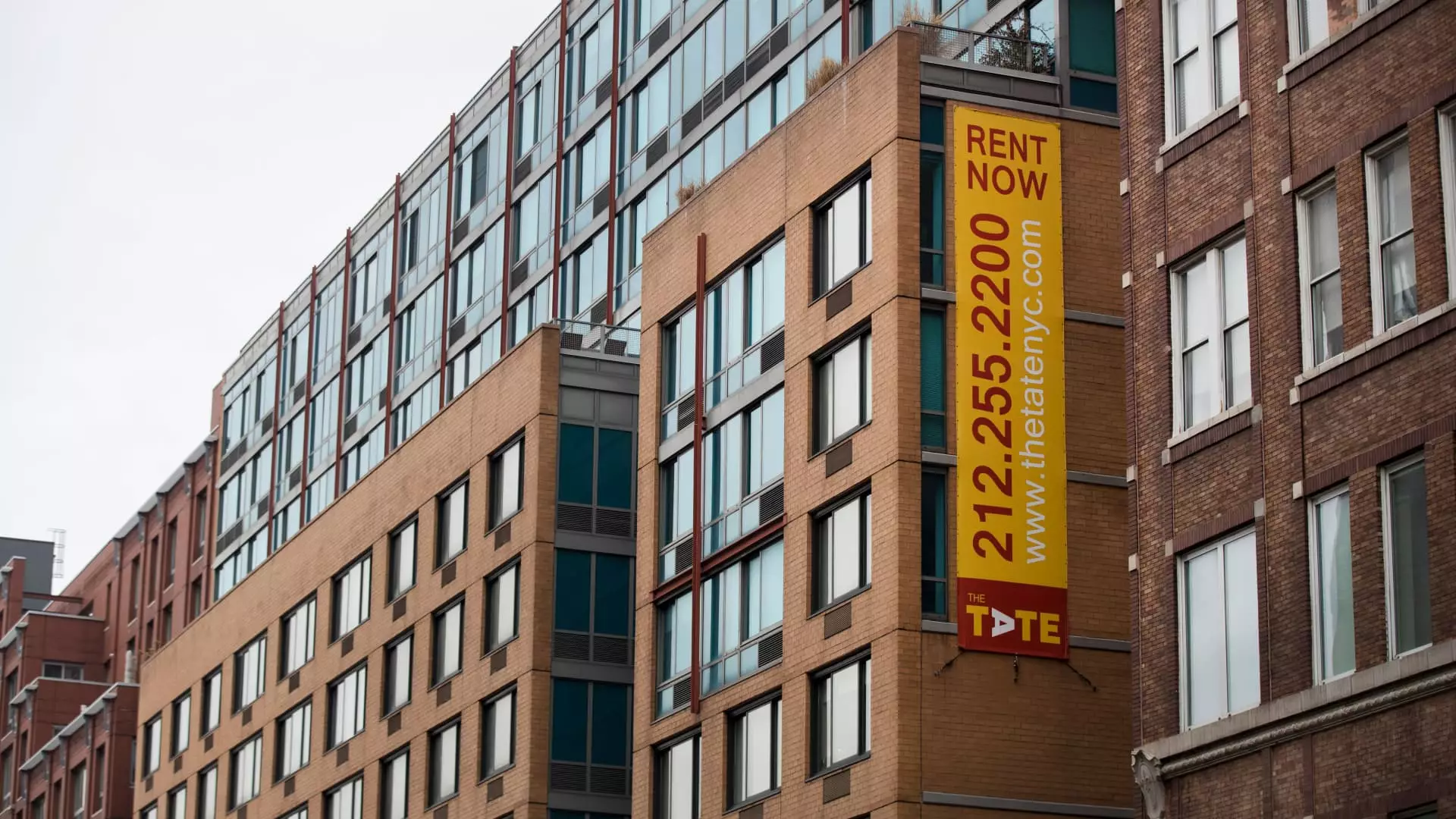The urban rental market is undergoing a fascinating transformation, most notably marked by a strikingly low tenant turnover rate of just 30%, a significant deviation from the traditional 50% norm. For renters who have long appreciated the flexibility afforded by leasing, this stability appears paradoxical against the backdrop of economic unease and rising living costs. Why are renters suddenly opting for renewal over relocation? This question strikes at the heart of a shifting paradigm that transcends mere market mechanics.
The For-Sale Market’s Iron Grip
One of the primary reasons for this stagnation is the increasingly unaffordable housing market for aspiring buyers, particularly in high-demand coastal cities. With home prices continuing to soar, potential homeowners are disillusioned and are finding themselves mired in frustration. This shift serves not only as a protective measure but also reflects a broader reluctance to gamble on a housing marketplace rife with uncertainty. The transition from renter to homeowner has become an elusive dream for many, effectively keeping people in their rentals longer.
Economic Whispers and Tariffs
Economic anxiety plays a pivotal role as well. Rumors of impending recessions and possible job losses instill a sense of trepidation among potential movers. Not only do potential costs for moving deter renters from uprooting their lives, but fears surrounding their job stability compound the issue. Additionally, the ramifications of tariffs lead to a general hesitation in spending, echoing a larger theme of cautious consumerism that grips the current economy. As each new tax or levy arrives, the impact is felt heavily by the tenants who find themselves weighing their options far more critically.
Shifting Preferences: The Move to Suburbia
Interestingly, the trend also reflects changing lifestyle preferences, as urban renters are increasingly gravitating toward suburban apartments. These spaces typically offer more room, comfort, and amenities without the crushing price tag associated with city living. This subtle desire for a more spacious living environment further bonds tenants to their current locations, allowing them to invest time and energy into renewing their leases rather than exploring the arduous process of moving.
Landlords Smiling in the Face of Turbulence
What does this mean for landlords? With tenants reluctant to vacate, landlords are benefitting from renewed stability and better pricing during lease renewals. This enigma provides a layer of financial reinforcement for those managing multifamily properties. Instead of incurring costs related to move-outs, such as repairs and cleaning, landlords are enjoying improved cash flows thanks to decreased turnover. The trend may elevate the REIT sector, especially for firms like Essex Property Trust, which boasts a robust presence in high-demand markets.
In a world grappling with uncertainty and economic hurdles, the low turnover rate in rental properties encapsulates evolving social dynamics. As people prioritize financial stability, spatial comfort, and consistent living conditions, the future of urban rentals is likely to mirror these preferences. While the reasons behind such significant changes are multifaceted and complex, they offer a vivid lens through which we can assess the evolving fabric of urban life.

